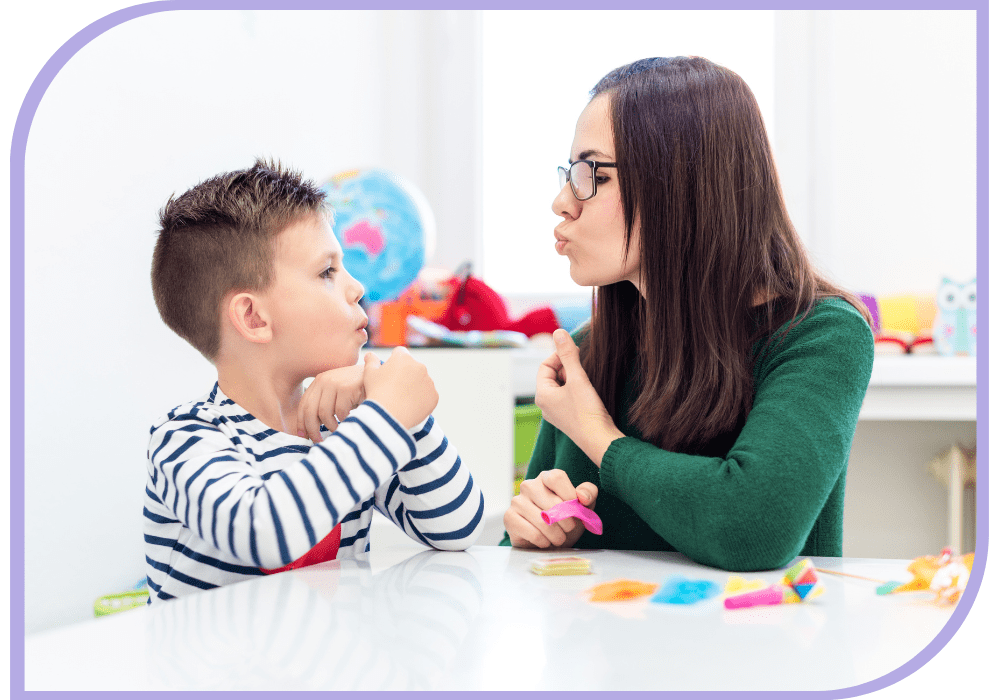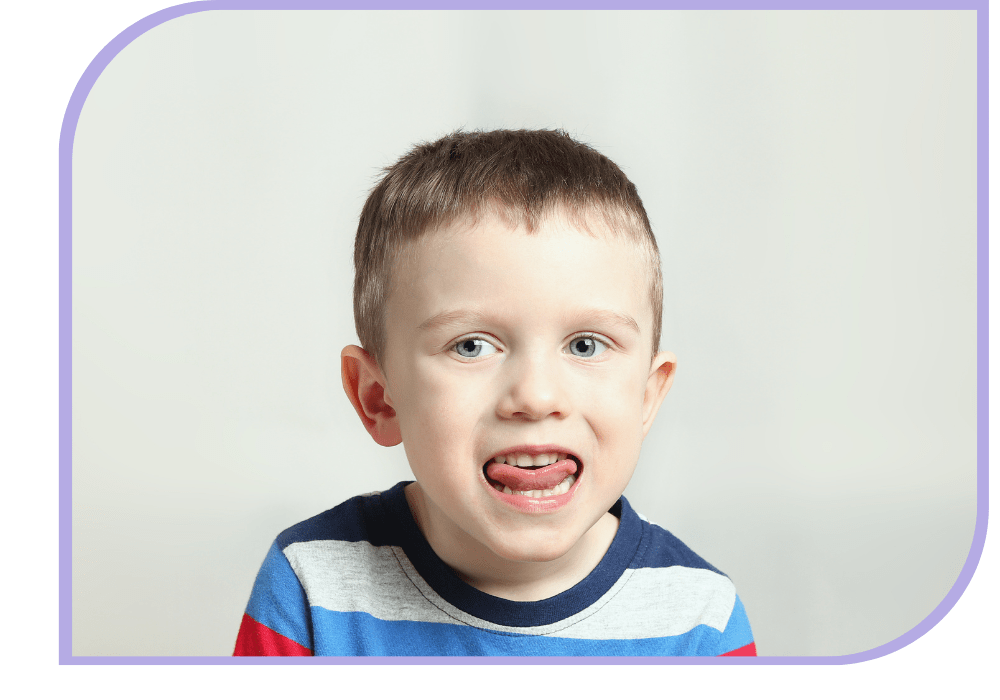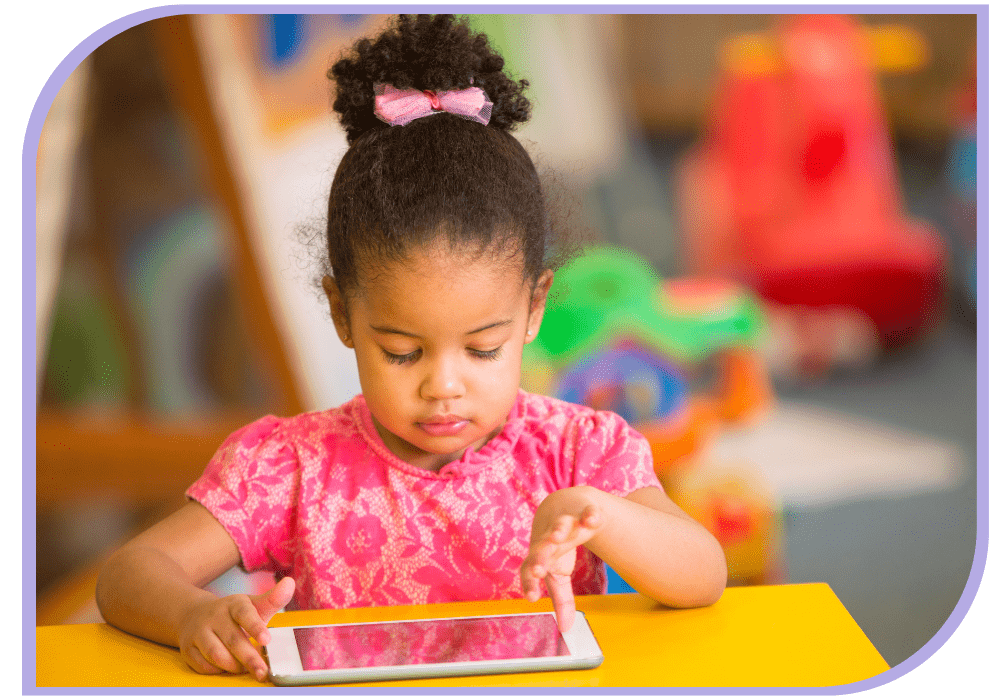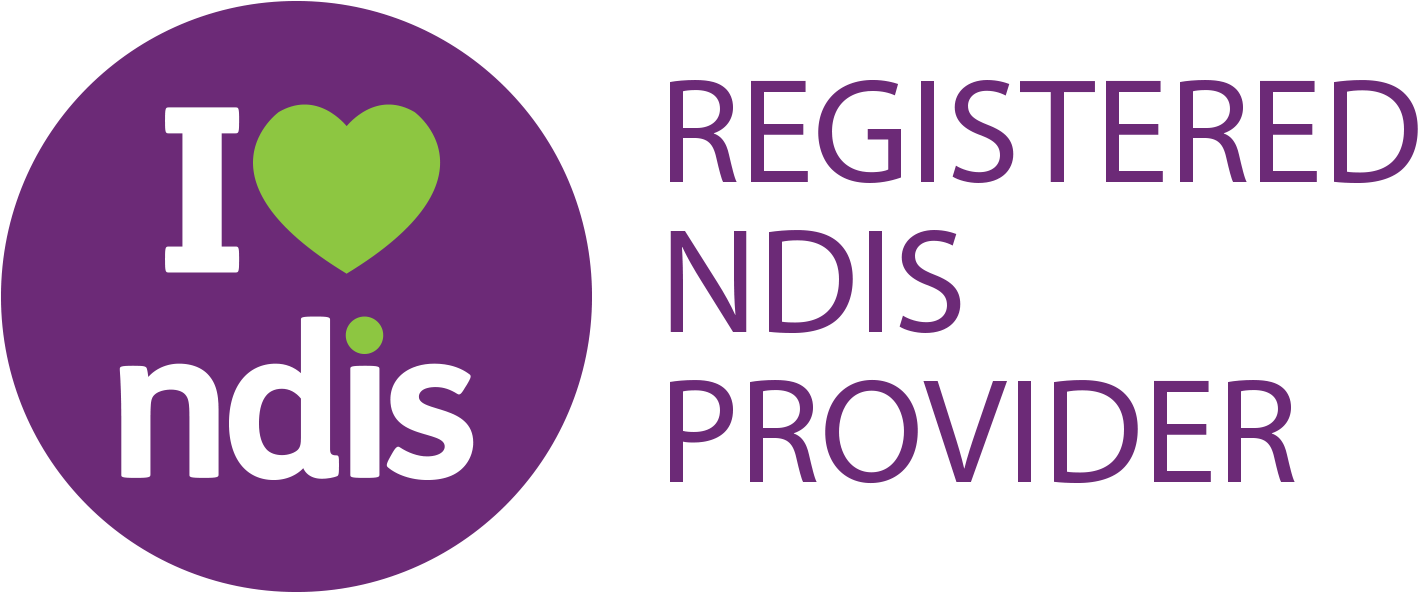Speech Therapy for adults and children
What is a speech pathologist?
Speech Therapy is provided by a speech pathologist, also known as a speech therapist, is an allied health professional who specializes in the assessment and treatment of communication, feeding, and/or swallowing difficulties.
Speech therapy for children
Our speech pathologists, specializing in Speech Therapy, work with children and young people aged 0-18 years to help them overcome challenges related to speech, language, feeding and mealtimes, literacy, speech fluency, and social interaction. Additionally, they support the use of augmentative and alternative communication (AAC) methods.
Speech therapy for adults
Our team of speech pathologists work with adults from 18 years of age, supporting clients in a way that works best for their need. Our team can assist with a range of areas including but not limited to, stuttering/fluency and difficulty with clarity, communication device or aids, swallowing, or regaining speech after an illness or injury.
At Able Allied Healthcare, our speech pathologists are highly experienced and passionate about working with children, offering specialized Speech Therapy to help them succeed in all areas of their lives. We believe in meeting your child where they are and supporting them to learn and grow in the ways that work best for them.
I’ve just booked in for my initial assessment with a speech pathologist what should I expect?
In the initial assessment we aim to do the following:
I have had my initial assessment with a speech pathologist, now what?
Once you’ve had your initial we will book you in for therapy sessions. In therapy we:
I need a speech assessment and/or report, how does this work?

Speech
Speech skills involve the ability to produce speech sounds correctly so others can understand what we are saying. Individuals with speech difficulties may have challenges putting their tongue, jaw and lips in the right place to make a sound. Following the phonological rules of when to use a certain sound in words (for example saying ‘wabbit’ instead of ‘rabbit’), and speaking clearly enough to be understood by family members and/or unfamiliar listeners.
Language
Language skills involve the ability to understand and use words to share meaning. Individuals with language difficulties may have challenges understanding words, following instructions, putting words together in sentences, using grammar correctly, telling or understanding stories, and asking or answering questions.

Feeding and Mealtimes
Feeding skills involve everything related to eating and mealtimes. Children with feeding difficulties may have challenges with biting, chewing or swallowing food or liquids, eating a variety of food types and textures, sitting at the table and joining in family mealtimes, and may cough/choke/gag on foods or drinks.
Swallowing
Our ability to safely swallow foods and fluids is essential to our nutrition and quality of life. When addressing concerns about swallowing, we will provide assessment regarding your swallow function, safe foods and fluids and how to manage and improve your swallow. Individuals with swallowing difficulties may experience frequent coughing or choking on food, recurrent chest infections or feel the sensation of something being stuck in their throat.

Speech Fluency (Stuttering)
Speech fluency involves speaking in sentences with natural-sounding continuity, smoothness and rate. Everyone experiences occasional moments of disfluency (e.g. saying ‘um’ when you can’t think of what to say), but children who stutter have consistent fluency difficulties including repeating parts of words (repetitions), stretching out a sound for a long time (prolongations) or having a hard time getting a word out (blocks).
Social Interaction
Social skills involve learning to engage well with others in order to build relationships. Individuals with social interaction difficulties may have challenges making and keeping friends, joining in with conversations, taking turns, and understanding nonverbal communication like facial expressions and tone of voice.

Augmentative and Alternative Communication (AAC)
AAC refers to the different tools and strategies that we can use to help someone communicate if they cannot get their message across through verbal speech alone. The aim of AAC implementation is to provide individuals with more communication tools for their toolbox, which will help them to understand and interact with others, and to share their thoughts, feelings, wants and needs. Some common AAC tools are sign language, symbol boards, symbol books, and tablet-based communication devices.
Literacy
Literacy skills involve learning to read and write effectively. Children with literacy difficulties may have challenges learning the connection between letters and sounds, putting sounds together to make words, breaking words up into their sounds, reading quickly and fluently, spelling words correctly, and understanding what they read.
Financial support for accessing speech pathology and occupational therapy services can be provided by:


